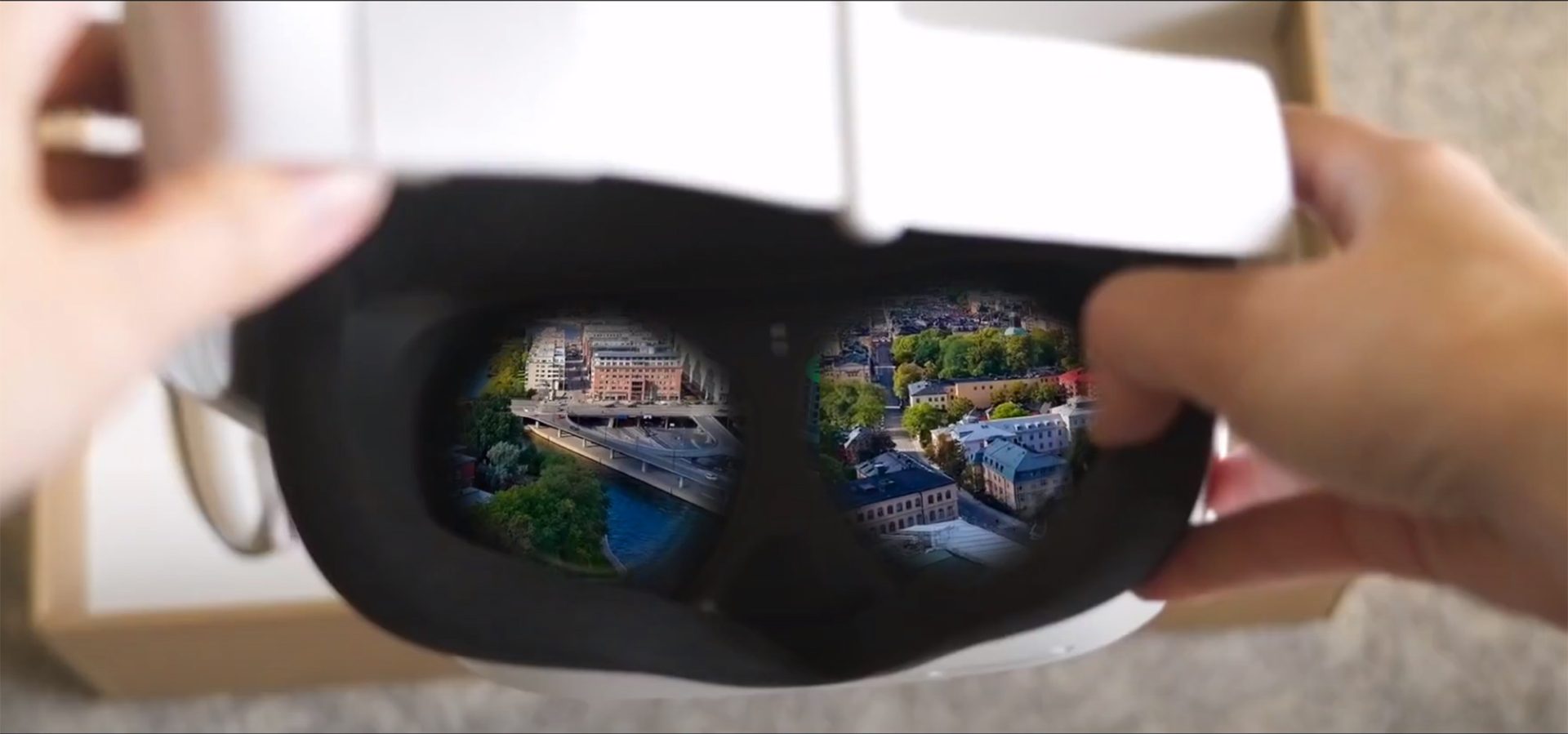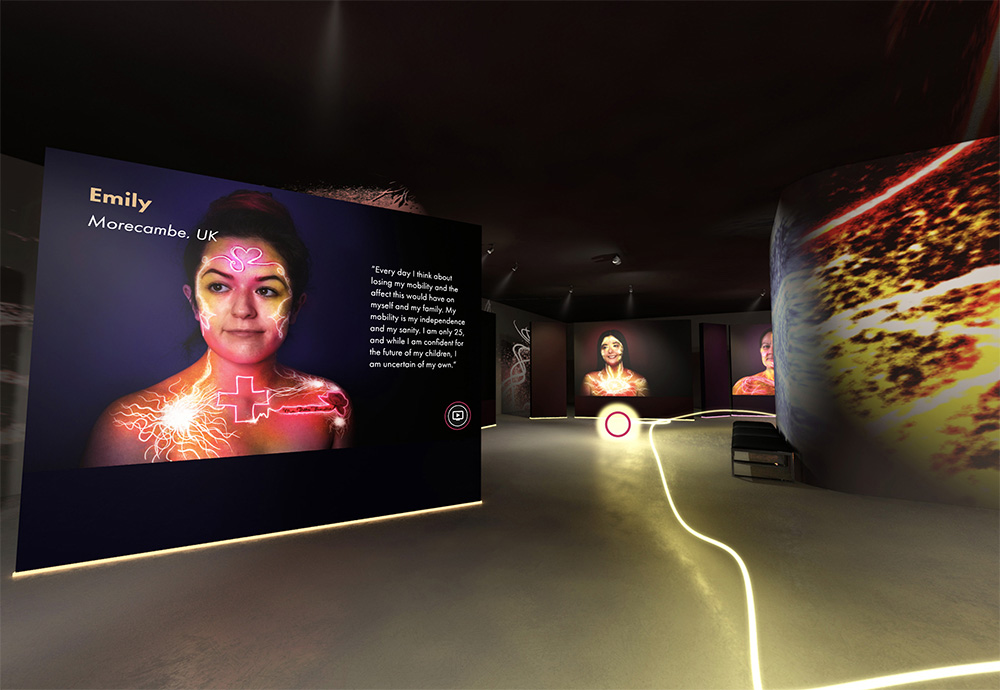
VR & Disability Inclusion within Education
Written by Will Pike
In this blog disability rights campaigner, Will Pike, looks at disability inclusion within the education sector, reviewing how virtual reality (VR) can play its part and revolutionise the future for disabled students. Take it away Will…
__________________________________
I think if you asked every disabled person on the planet what word best sums up being disabled, ‘frustration’ would be up there, along with a need for ‘participation’. And this is particularly true for disabled students studying at school, college or university.
The concept of participation is deeply significant to disabled students. They want to be invited. They want to contribute. They want to participate. The problem is that disability has real-world ramifications that can’t be avoided and regardless of whether you subscribe to the Social model of disability, there remain barriers that stop disabled people from participating and feeling included during their educational experience.
Today I want to look at what these barriers are and how VR can help build a more inclusive education. To give you an insight into the possibilities and future for disabled students.
Barriers for disabled students
Barriers often faced by disabled students include:
- Physical barriers: such as inaccessible buildings, make it difficult for disabled students to access classrooms and other facilities including toilets and libraries.
- Communication barriers: such as lack of assistive technology, can make it challenging for disabled students to communicate with their peers and teachers.
- Learning barriers: such as limited access to educational resources, can make it challenging for disabled students to acquire knowledge and skills.
With many of these barriers, we often find the barrier itself can be unnecessary. If the college had just added a suitable ramp or disabled toilet away from steps, if the university had just invested in ed tech or developed a digital curriculum to cater for different learning types. There are a number of disability barriers that remain within the educational system that are needless and cause continuous grief for no real reason.
As disability activists we understand that we must pick our battles. We recognise that little can be done about some physical barriers, but we do not accept unnecessary barriers, and look to fight for change in those areas. To help overcome unnecessary barriers in education, we focus on the systems, environments and attitudes that we can influence and we look for new ways to bring about change. This includes reviewing transport infrastructure, mainstream events, recruitment policies and accessible spaces, as well as digital platforms that can be used to amplify experiences including websites and now, Virtual Reality tools.
A little bit about VR
Since its infancy, VR technology has shown promising signs of transforming the world and enhancing life experiences, but the biggest challenge continues to be, how to make VR technology accessible for all.
As someone who had an eye on VR from the beginning, I myself purchased a Sony VR set when it was first released back in 2016 and couldn’t wait to immerse myself in the new world. Despite the build up, it’s safe to say it was a bit of a clunky start. With tangled cabling and a heavy headset frame, the first round of designs were not their best. But fast forward 7 years and things have moved on. Headsets are smaller and less invasive now. Cables are becoming obsolete and essentially everything is becoming easier to set up. This means that, for nearly everyone, there are fewer physical barriers when accessing VR and more disabled people can have greater opportunities to access locations and education.
With this advancement, even in such a short period of time, barriers and obstacles are slowly (very slowly) being removed from the path of disabled students.
How can VR tackle inclusion barriers?
Looking at the three main barriers above, 1) physical 2) communication and 3) learning, here are some ways VR can positively impact a disabled student’s experience:
- Providing access to remote learning: Virtual reality can offer an immersive, 3D environment that can bring the classroom experience to the student’s home. Providing a space where students can join in avatar mode, and watch their professors teach. This can be especially helpful for students who may not be able to attend physically due to mobility or health issues. This can also be accessed on desktop as well as on VR headset.
- Creating inclusive learning environments: Virtual reality can provide a platform for inclusive education, where students of all abilities can participate in learning activities without physical barriers. For example, a student with a physical disability can use a VR headset to virtually participate in a lab experiment that might be too challenging or dangerous in the physical world.
- Supporting assistive technology: VR headsets can also be used to support assistive technology, such as text-to-speech or speech-to-text software, to help students with learning disabilities access and engage with digital content.
- Enhancing engagement and motivation: Virtual reality can offer a more engaging and interactive learning experience than traditional classroom instruction. For students with disabilities who may struggle with attention or motivation, VR can provide a novel and exciting way to learn.
- Creating virtual curriculum: In addition to participating in virtual classes, students could also have the chance to review curriculum materials virtually too. These virtual experiences for example, were created by Circus with the intention of virtual learning: Houses of Parliament, ICCA, XLH, Royal British Legion, English Heritage.

And what about disabled students looking for an enhanced college or university social life experience – how can VR help them outside the classroom?
- Providing virtual tours of campus: VR can offer virtual tours of the campus, which can be especially helpful for students with mobility disabilities who may have difficulty accessing certain areas of the campus. This can help them feel more included and informed about campus life. Take a look at these examples CIRCUS have created: University of East London, Goldsmiths, London Business School, Coventry University, Royal Holloway University.
- Creating virtual social events: VR can also provide a platform for creating virtual social events, such as virtual parties, game nights, or movie screenings, where students with disabilities can participate and feel included in campus social life.
- Enabling remote participation in events: VR can enable remote participation in on-campus events, such as guest lectures, club meetings, or student organisation events. This can be especially helpful for students who may not be able to attend in person due to physical or health limitations.
- Enhancing accessibility of resources: VR can enhance the accessibility of campus resources by providing virtual access to campus libraries, study spaces, and other resources that may be difficult to access in person.
The incredible thing about virtual technology is that we (the world) have only scratched the surface of how it can be used. Virtual tours, virtual open days, virtual social events and virtual living spaces are already amazing, but virtual tech can go further still. Have you ever considered an entirely virtual university? It’s not as crazy as it sounds, take a look at this Berkeley Metaversity example and these other Metaversity potentials.

In conclusion
As you can see, VR headsets with 3D environments can be used for so much more than gaming. They can knock down barriers and enhance disability inclusion by providing access and allowing space for participation. And although VR does not provide a guaranteed, final solution (as a lot of it will come down to education institutions and their own resources and budget to create virtual content), virtual technology does provide huge opportunities for blended learning where a student can be free to learn inside or outside the classroom, can participate in virtual events and can hang out with other students in virtual common spaces.
This is where VR has the potential to change lives, and why accessibility features need to be baked into the fabric of all VR applications. It’s the next best opportunity for inclusion and I’m a big fan.
...beyond VR technology
It’s not only VR technology that is having an impact on disabled people, but AI (artificial intelligence) too.
Earlier, I said that technological progression would benefit ‘nearly’ everyone. But what about those with Visual Impairments? I spoke to my Disability Taskforce colleague, Andy Shipley, about what he, as a blind person, thought about VR. He said that he was “nervous about it being seen as a genuine alternative to accessibility in the real world” but he was also keen to “explore virtual experiences that build a richer sense of a given location.”
Interestingly, we’ve just seen some big developments in the world of AI with the arrival of Chat GPT4. Although it’s early days, there have already been some remarkable applications of the technology. One such developer called Be My Eyes is utilising the image recognition capabilities to provide instant visual assistance for blind users. This tool could be a game-changer for navigating the real world, but could it also be used in the virtual world? These are the kind of questions that need to be asked sooner rather than later in the development of VR platforms.